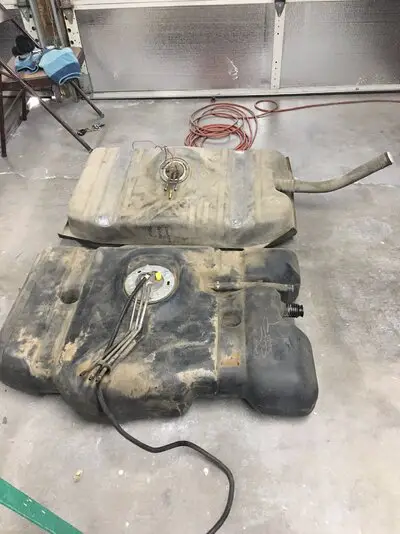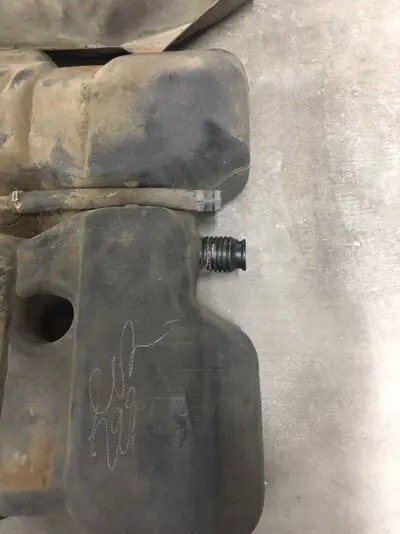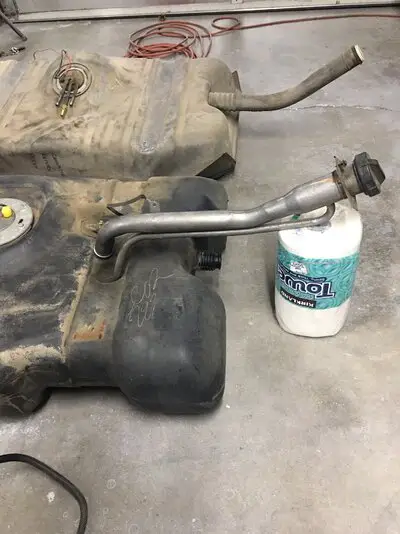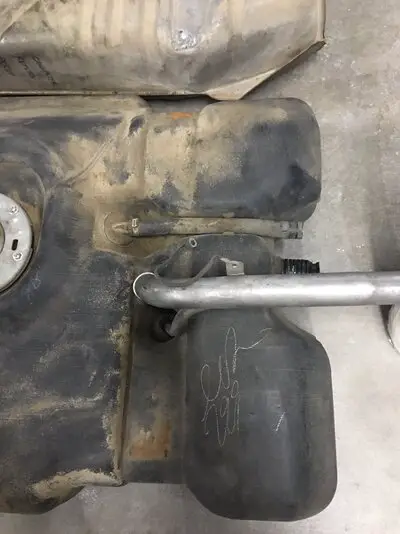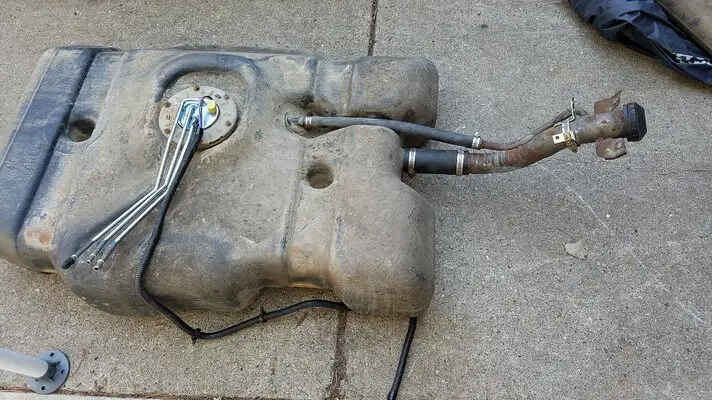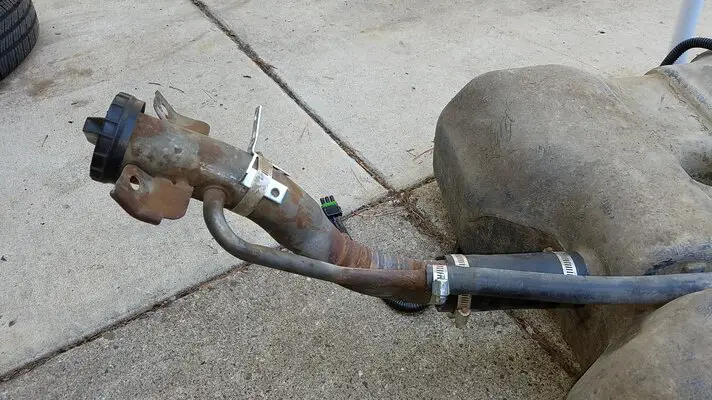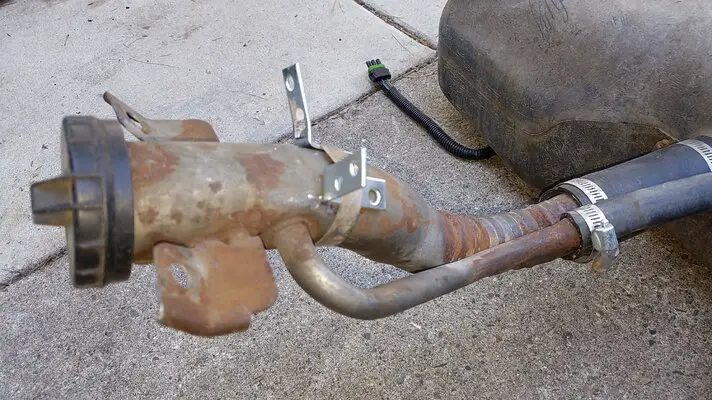Hello All,
I'm a new member to the group but not to G-bodies. I'm installing a '96 Roadmaster Wagon efi fuel tank in my '80 El Camino. My Elky has a 350 TPI motor that I've been using the original fuel sender that was modified with a return line , an external fuel filter and fuel pump. I've decided to fit a wagon efi tank but noticed the filler neck is longer and taller on the wagon. The original steel Elky tank is solidly connected to the filler neck. The wagon tank is plastic with rubber fuel hose connecting the steel filler pipe to the tank. There is also a vent pipe that is piped into the wagon steel neck near the filler cap. So I'm wondering if I should cut the wagon steel filler and try to fit it. It seems I may be able to cut it, then flip it 180 degrees in order for it to lay similar to the Elky tank filler neck. Or I may be able to cut the filler neck off the Elky tank, near the gas tank and connect the plastic tank to the Elky filler with a fuel hose. The diameter of the Elky filler and the wagon tank nipple are nearly the same diameter. Not sure if anyone has installed one of these wagon tanks in an El Camino. Attached are a few pics of the tanks next to each other. The wagon neck is too long and is taller when installed on the tank. I'm showing the wagon neck on the wagon tank inverted to show how, if I cut it, it may fit onto the wagon tank and fit up to the filler door on the side of the Elky. The wagon tank has a vent hose that I may be able to connect to the modified wagon filler by bending it around the filler neck and connect it to the wagon tank vent nipple with some longer hose. Any help is appreciated.
I'm a new member to the group but not to G-bodies. I'm installing a '96 Roadmaster Wagon efi fuel tank in my '80 El Camino. My Elky has a 350 TPI motor that I've been using the original fuel sender that was modified with a return line , an external fuel filter and fuel pump. I've decided to fit a wagon efi tank but noticed the filler neck is longer and taller on the wagon. The original steel Elky tank is solidly connected to the filler neck. The wagon tank is plastic with rubber fuel hose connecting the steel filler pipe to the tank. There is also a vent pipe that is piped into the wagon steel neck near the filler cap. So I'm wondering if I should cut the wagon steel filler and try to fit it. It seems I may be able to cut it, then flip it 180 degrees in order for it to lay similar to the Elky tank filler neck. Or I may be able to cut the filler neck off the Elky tank, near the gas tank and connect the plastic tank to the Elky filler with a fuel hose. The diameter of the Elky filler and the wagon tank nipple are nearly the same diameter. Not sure if anyone has installed one of these wagon tanks in an El Camino. Attached are a few pics of the tanks next to each other. The wagon neck is too long and is taller when installed on the tank. I'm showing the wagon neck on the wagon tank inverted to show how, if I cut it, it may fit onto the wagon tank and fit up to the filler door on the side of the Elky. The wagon tank has a vent hose that I may be able to connect to the modified wagon filler by bending it around the filler neck and connect it to the wagon tank vent nipple with some longer hose. Any help is appreciated.
Attachments
Last edited:


